6 Sea Turtles You Need to Meet
How well do you know your sea turtles?
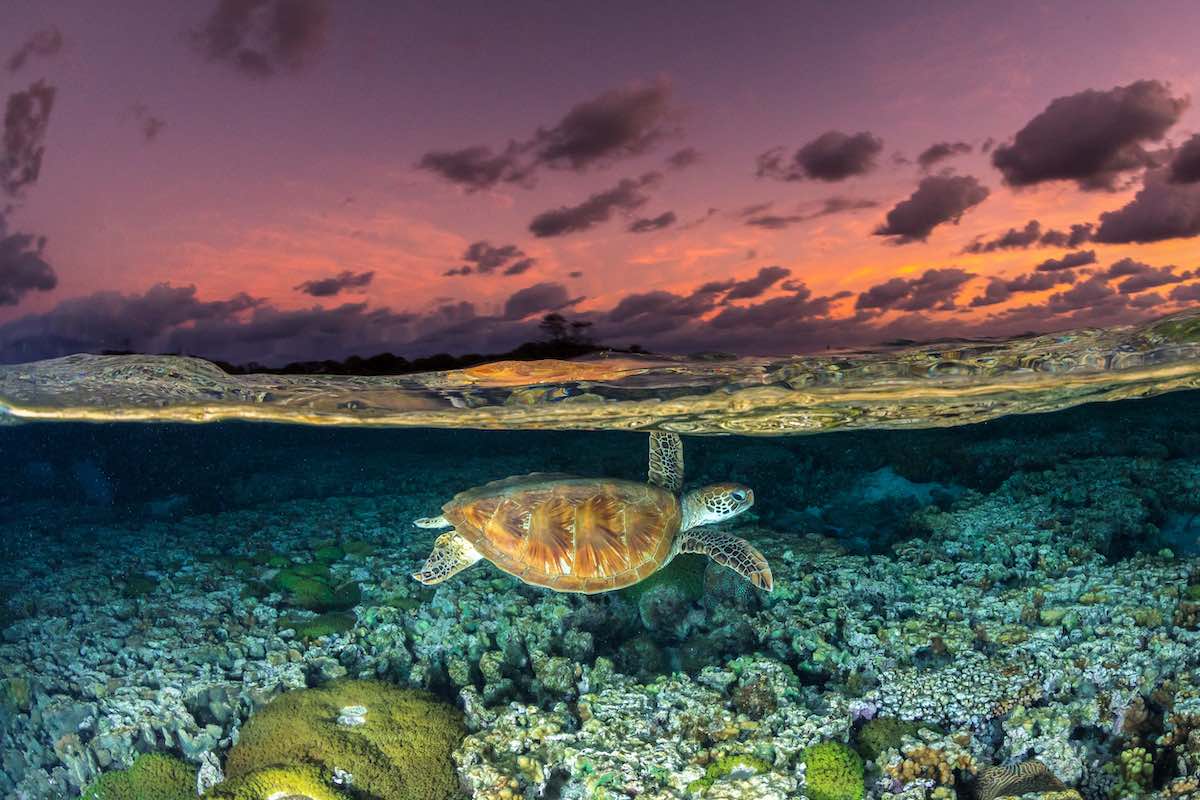
Did you know that six of the seven species of sea turtles live in the ocean off the United States? Sea turtles are reptiles, but unlike land turtles, they can’t pull their head and flippers inside to protect themselves. Sea turtles have streamlined bodies and large flippers—which make them well-adapted to life in the ocean.
Get Ocean Updates in Your Inbox
Sign up with your email and never miss an update.
Dive in with us and get to know more about sea turtles with these turtle-y amazing facts.
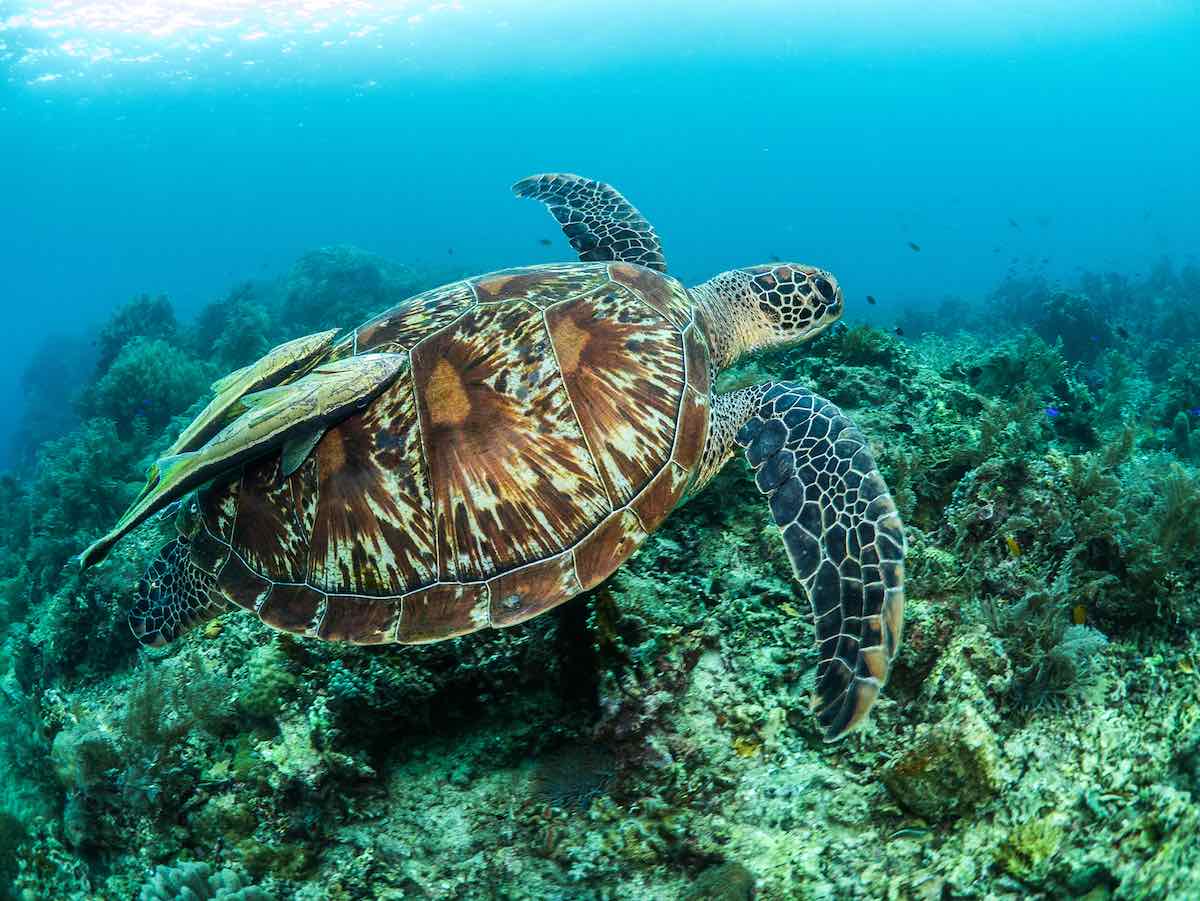
Green
The green sea turtle is unique among sea turtles because they are one of the largest species of sea turtle and the only turtle that is strictly herbivorous as an adult. Surviving to adulthood is hard enough, and climate change is making it even harder. Rising sea levels could flood nesting beaches and make it harder for females to lay their eggs. Additionally, temperature impacts the sex of the eggs—cooler eggs produce males and warmer eggs produce females. If the average temperature of the nests increases, there will be a disproportionate number of females to males, making it harder to find mates.
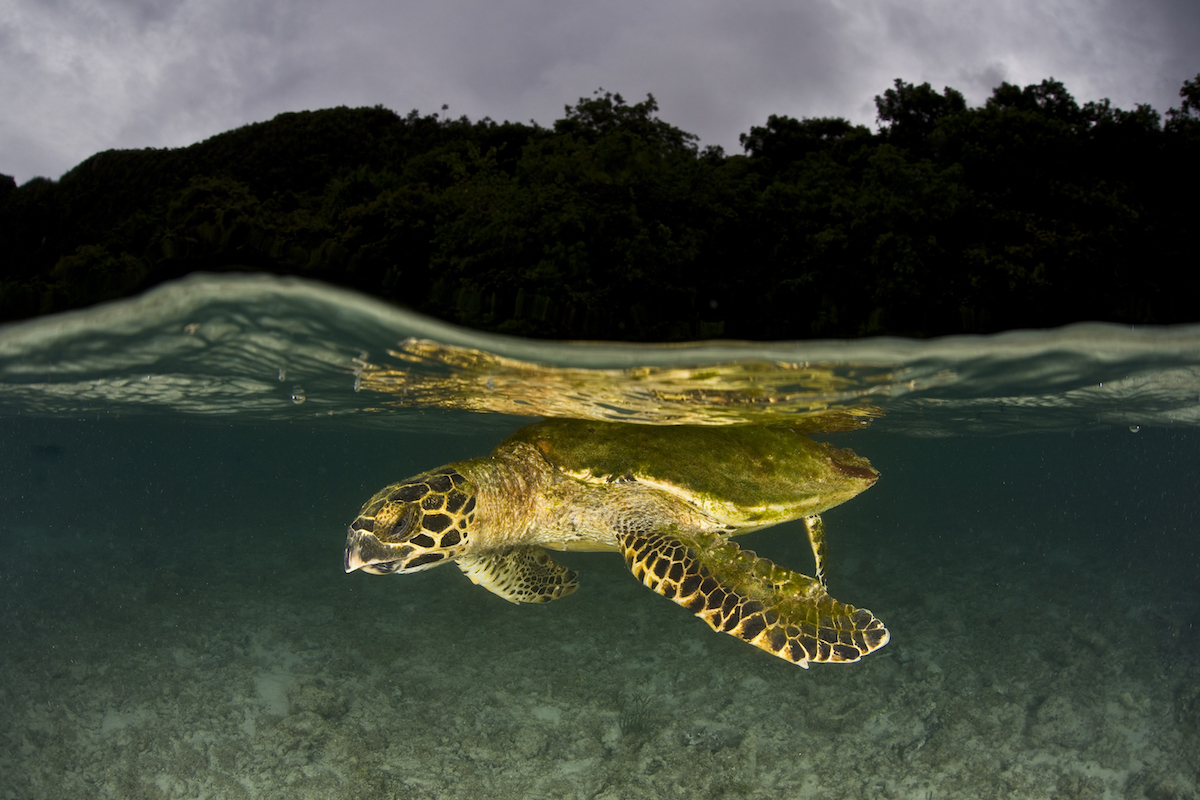
Hawksbill
You can tell the hawksbill sea turtle apart from other sea turtle species by their pointed, bird-like beak—it’s how they got their name. This medium-sized turtle can reach up to three feet long and weigh 300 pounds. On average, though, they weigh less than 200 pounds and only reach about 2.5 feet. Hawksbills are known for their spectacularly-colored shells—their rich brown plates splashed with yellow, orange and black streaks are the classic “tortoiseshell” pattern.
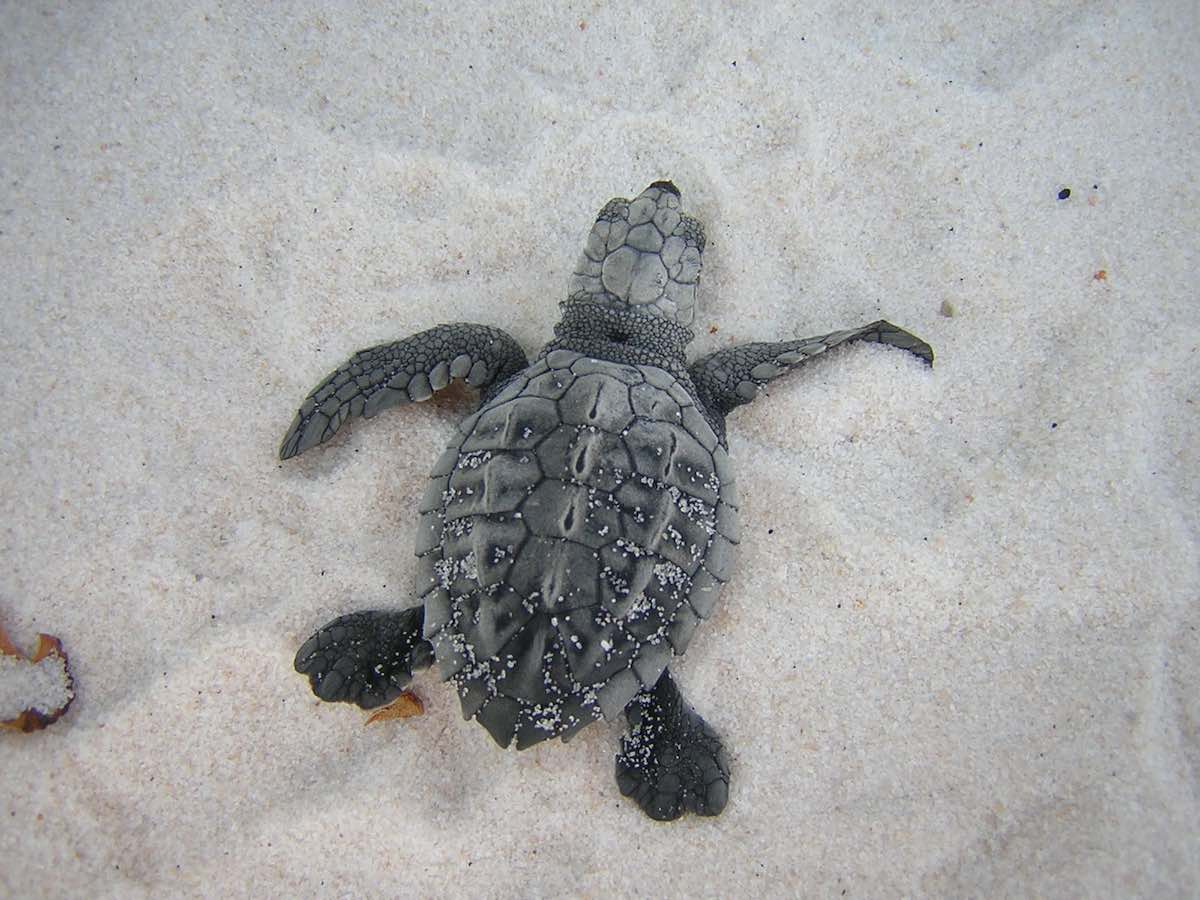
Kemp’s Ridley
Unfortunately, the Kemp’s Ridley holds the title of the world’s most endangered sea turtle, with an estimated worldwide female nesting population of just 1,000. They are also one of the smallest sea turtles swimming in the sea—weighing roughly 100 pounds. Kemp’s ridleys are greatly impacted by oil spills because their nesting areas in the Gulf overlap with areas that are near major areas of oil drilling. After the BP Deepwater Horizon disaster in 2011, 609 dead sea turtles were found, 481 of which were Kemp’s ridleys.
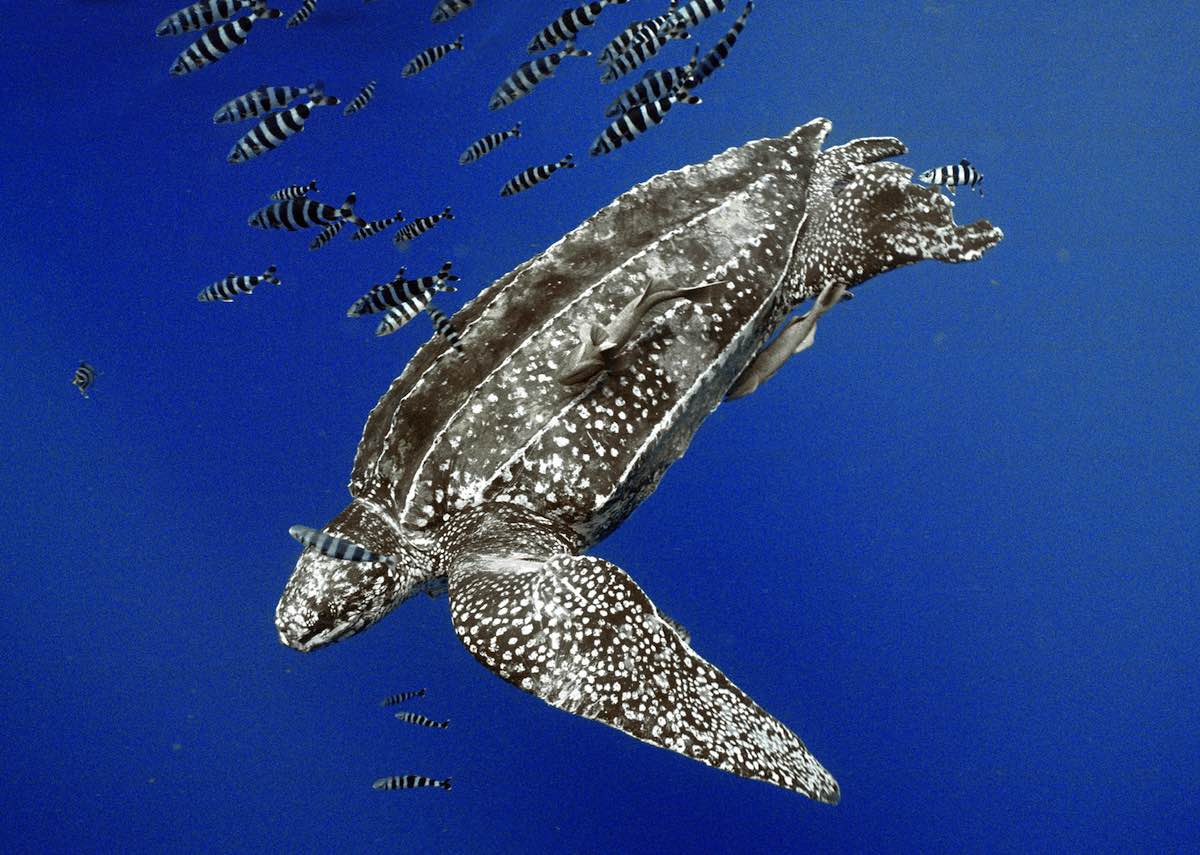
Leatherback
The leatherback is the largest sea turtle in the world. They can grow up to seven feet and weigh more than 2,000 pounds. While all other sea turtles have a hard body shell, leatherbacks have a soft carapace (top shell). This top shell has a smooth, bluish-black leathery skin with small white spots that covers a matrix of bones with seven ridges (keels). Their back is their namesake—since it’s smooth and leathery! Leatherbacks are the most migratory and wide-ranging of all sea turtle species. You can find them swimming along in the Atlantic, Pacific and Indian Ocean.
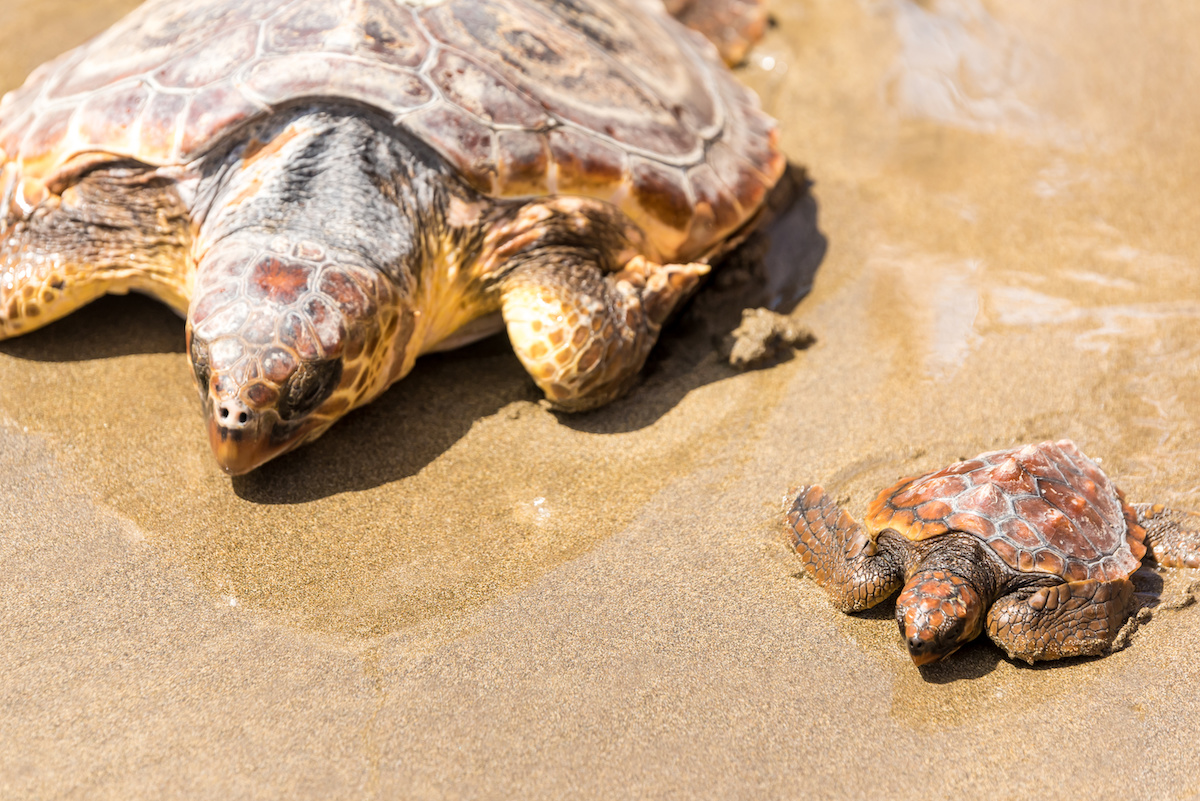
Loggerhead
Like many sea turtles, loggerheads make their way back to the exact beach where they were born, also known as their “natal” beach. Loggerheads climb onto the beach at night to lay four clutches of over 100 eggs each, and then head back to the ocean. The loggerhead sea turtle is the most widespread sea turtle species in the world, and the most abundant of all sea turtle species in the U.S.
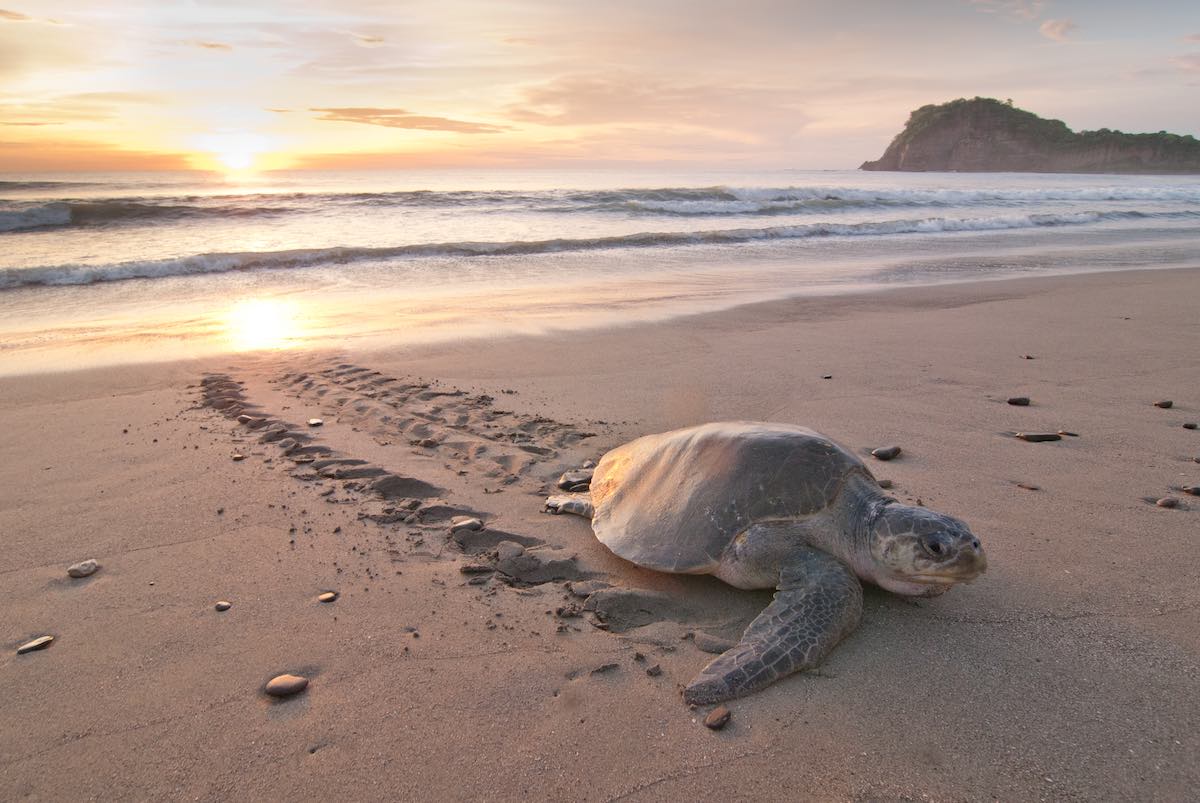
Olive Ridley
Olive ridleys are small in size, but big in numbers—they’re considered the most abundant of all the sea turtles. There are an estimated 800,000 nesting females in the wild. The olive ridley has an unusual nesting habit. For other sea turtle species, mothers file on to nesting beaches one by one over the course of nesting season, which can last months. But, like Kemp’s ridley, the olive ridley prefer to nest in groups. When it comes time to nest, they will gather off of the beaches in big groups, then come onshore all at once. They can number in the thousands. This event is known as an arribada, which means “arrival” in Spanish.
You can help sea turtles
Right now, six of the seven sea turtle species that live in our ocean are listed as vulnerable, threatened or endangered.
Sea turtles encounter a lot of trash in the ocean. Plastics are a huge problem, especially for young turtles. For baby sea turtles, just half a gram—one one-thousandth of a pound—of ingested plastic can kill them. Sea turtles can easily confuse plastic bags for one of their favorite foods, jellyfish. For their best chance at survival, humans need to work to keep plastics from beaches and from entering the ocean. Will you help? Take action today.